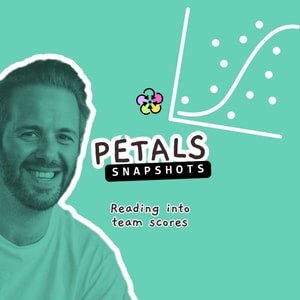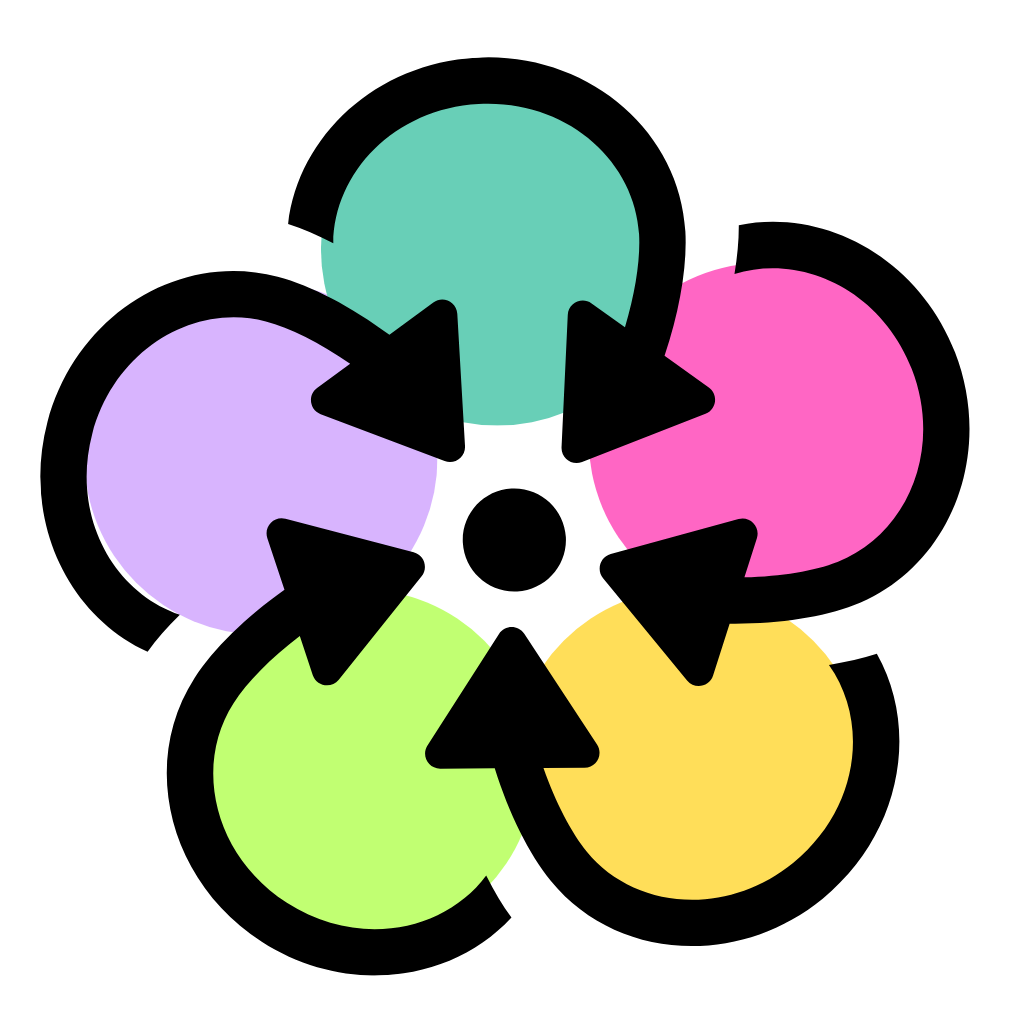Reading into team scores 📊

Today I talk a bit more about how you can use PETALS in your retrospectives and team meetings to observe themes or outliers across people, how the factors can overlap but also how to use PETALS scores to identify obvious actions too.
Transcript
This is the 23rd Petals snapshot of spring 2024. And today I want to talk a bit more about how to use the Petals framework. So yesterday we had a team retrospective, and by tradition now we did the health check to start with, the petals health check, which actually yielded some interesting results because what we did notice was a lot of our scores were either flat lining or dropping a little bit, and specifically around productivity and teamwork. So this was a trigger for us to have that conversation and sort of go into it a bit more. So I asked around the room, does anyone want to talk about why they're feeling this way? And several people came up and talked about, I don't know why they were substantiating their claims with these numbers. But then as we went into the retrospective as well, there were a lot of little topics that came out about, like low productivity, why people were feeling a little bit more stressed than normal. And we had noticed through the petals scoring that teamwork wasn't as strong as it was. But this was quite a nice, easy suggestion and observation for the whole team to realize. Actually, I didn't have to even prompt it, that there were easy opportunities to do some delegation, to do some distribution, to help each other out a bit more. There was stuff like demos that people like going, more than one person can do this. You know, I'm like, fair point. And someone else went, I'm happy to do it. I'll do the next one. So that was an instant action. There were people saying, I've got lots of distractions going on right now, trying to sort out stuff that might not be on the board, that we're trying to track, and that's impacting their actual delivery and their commitments that they're putting into their sprints. So again, it was like, well, let's have a conversation about that. We might not be able to deal with it all now, but let's find out where we can delegate, where we can let go, where we can sort of say no, potentially as well. It's not as important right now. And again, from a sort of leadership perspective, there's lots of different discussions going on, lots of different demands, lots of different requirements going on. How can we help each other a bit more to make sure that the right people are going to the right conversations, going back to that point I made yesterday around better cons. So as you can tell, Payl is quite nice for sort of overlapping the factors, seeing where there's correlations between the scores, and then obviously using that as part of the conversation starters in retrospective as well really is quite useful tool to use. And again, further evidence and examples to suggest how and why you might want to try using petals in your retrospectives. That's it for today. I'll be back again tomorrow with another petals snapshot.
Today I talk a bit more about how you can use PETALS in your retrospectives and team meetings to observe themes or outliers across people, how the factors can overlap but also how to use PETALS scores to identify obvious actions too.
petals #snapshots #retrospectives
Produced with Descript: http://sijobling.com/descript Recorded on Shure MV-7 with iPhone 13 mounted
Support PETALS by contributing to their tip jar: https://tips.pinecast.com/jar/petals
Find out more at https://petals.pinecast.co
This podcast is powered by Pinecast.
